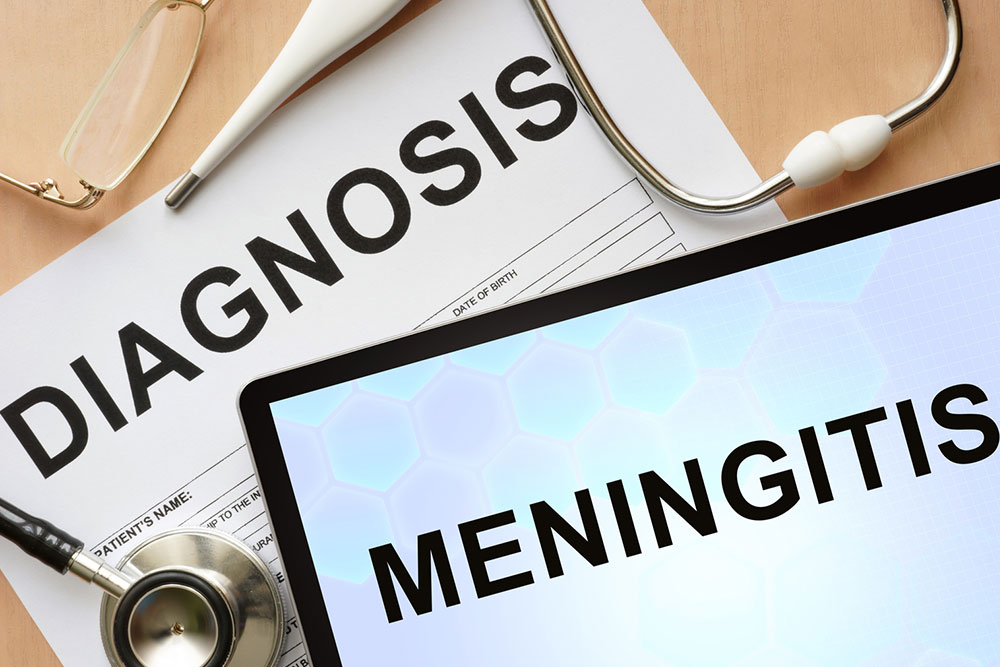Understanding the Types and Risks of Meningitis
Discover key insights into the various types of meningitis, their causes, symptoms, and treatment options. Learn how this serious brain and spinal cord inflammation can be diagnosed and managed effectively. Early intervention is essential to prevent long-term complications.

Understanding the Types and Risks of Meningitis
Meningitis is an acute inflammation of the protective membranes surrounding the brain and spinal cord, mainly caused by infections. The meninges are the protective layers affected during this condition.
This condition primarily affects children, young adults, and individuals with compromised immune systems, due to their increased vulnerability to infections.
Common symptoms include high fever, severe headache, vomiting, seizures, skin rashes, respiratory issues, stiff neck, confusion, sensitivity to light and sound, irritability, and drowsiness.
In addition to physical signs, irritability and fatigue can indicate meningitis when combined with other symptoms.
Causes of meningitis
This severe condition can be fatal due to the inflammation’s proximity to the brain and spinal cord, requiring urgent medical care. Infections from viruses, bacteria, or other microorganisms cause meningitis, with the exact type identified based on the pathogen involved. Some forms are preventable through vaccination. Long-term complications may include epilepsy, deafness, hydrocephalus, and cognitive impairments.
The inflammation in the meninges arises not solely from bacterial invasion but also immune responses. Immune cells release cytokines, signaling molecules that trigger an influx of white blood cells into cerebrospinal fluid, resulting in swelling and inflammation.
Classification of meningitis
Based on the causative agent, meningitis is categorized into various types, as outlined below.
Viral Meningitis
This is the most common form, typically not life-threatening but can cause lingering effects, such as memory issues. Enteroviruses are common culprits. It is not contagious, and recovery is gradual. There’s no specific antiviral treatment; supportive care like fluids and pain relief is recommended.
Bacterial Meningitis
This more severe form requires immediate antibiotics; it can be fatal if untreated. Bacteria including meningococcus, Streptococcus, Pneumococcus, and others are responsible.
TB Meningitis
Originating from tuberculosis bacteria, it begins with lung infection, spreading via bloodstream to the brain. It causes abscesses in meningeal tissues and requires antibiotic therapy.
Meningococcal Meningitis
This dangerous type involves both meningitis and blood poisoning, caused by Neisseria meningitidis. It’s highly contagious through respiratory droplets and can spread rapidly, affecting both the meninges and bloodstream. Pneumococcal meningitis is caused by similar bacteria, with comparable effects.
Neonatal Meningitis
This affects newborns within their first month of life, due to their fragile immune systems. Infections by bacteria like Streptococcus, E. coli, and Listeria can lead to this form of meningitis.
These are some of the major meningitis types, all driven by infectious causes and posing serious health risks.
Management generally involves antibiotics, intravenous fluids for vital support, and sometimes ventilation for respiratory issues. Medications to lower intracranial pressure and corticosteroids are used to reduce long-term impacts.









